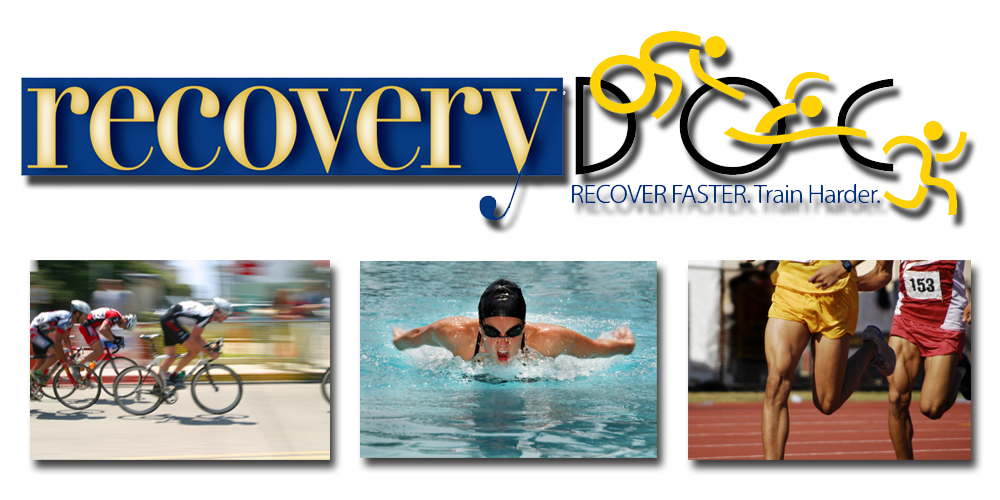Jones, MT, Parker, BM, and Cortes, N. The effect of whole-body vibration training and conventional strength training on performance measures in female athletes. J Strength Cond Res 25(9): 2434-2441, 2011—
The purpose of this study was to examine the effects of regular whole-body vibration (WBV) training on lower body strength and power. National Collegiate Athletic Association Division III softball athletes (n = 9) completed the 9-week protocol as part of their off-season strength and conditioning program.
The athletes were randomly assigned to 1 of 2 groups. Week 1, pretesting included 3 repetition maximum (3RM) back squat, standing long jump (SLJ), and vertical countermovement jump (VCMJ). Phase I training (weeks 2-4) consisted of either WBV training (group 1) or conventional strength training (CST, group 2). The primary programmatic difference between WBV and CST was the inclusion of WBV sets after squat sets. Posttesting (3RM squat, SLJ, VCMJ) occurred at week 5. Phase II training (weeks 6-8) consisted of either WBV training (group 2) or CST (group 1). Posttesting was repeated at week 9 after the completion of phase II. Three 2 × 2 mixed factorial analyses of variance were computed. No significant differences (p > 0.05) were found between groups or between groups and testing period for the SLJ, VCMJ, and estimated 1RM back squat. Increases (p < 0.05) were observed in SLJ, VCMJ, and back squat from pretest to posttest 1. Back squat increased (p < 0.05) from posttest 1 to posttest 2. All the athletes experienced significantly greater (p < 0.05) percent changes from pretest to posttest 1 for SLJ and VCMJ.
These results indicate that the inclusion of WBV as part of an off-season strength and conditioning program has no apparent benefit over CST methods for collegiate softball players.












.JPG)




